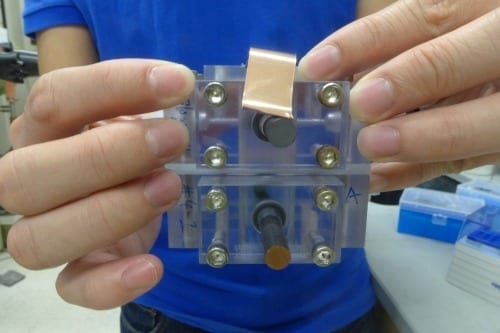
It sounds too good to be true: you can go solar without paying a cent.
I first mentioned this proposition, known formally as a power-purchase agreement, two years ago: a company such as SunRun or SolarCity installs panels on your roof at its expense and, in exchange, collects the government subsidies. But I never really grasped how it would work in detail, so I arranged for SunRun to send someone to my brother and sister-in-law’s house this past weekend as a kind of test run. The sales pitch was so persuasive that my brother and his wife, who are probably the less impulsive consumers I know (they never buy so much as a computer cable without doing months of research), are seriously thinking of going for it.
The first thing a smart shopper wants to know is: what’s the catch? In this case, it’s simple. Installing panels is so financially advantageous that SunRun can split the benefits with you and still turn a tidy profit. That profit would be all yours if you paid for the array yourself, as I did. The SunRun representative, Kelcy Pegler, Jr., of Roof Diagnostics (a local installer that SunRun contracts with), was very upfront about this: “Your return will always be better off buying it.” But then you’d need to float the cost and take the risks. The question becomes: do you want to?
Pegler started off by walking around the exterior of the house to inspect the roof exposure and tree shading, confirming an earlier analysis he had done using aerial images. SunRun won’t even offer you a free array unless your roof faces approximately south and has minimal shading. They run the numbers for your site and see whether they can recoup their costs—it’s all very hardheaded. As it happens, my brother and his wife’s house qualified. For fun, we asked Pegler what would happen if they wanted to put the panels on the northwest side of the house rather than the southeast. Then SunRun would have politely declined.
We went inside, had some lemonade, and Pegler looked over the household electric bills. Government subsidies will only pay for an array that covers a family’s annual electric usage—if you want to become a net producer, you’ll have to fork out for that yourself. In my brother and sister-in-law’s case, it didn’t matter: the array size was limited by their roof area, anyway. A system of that size would cost about $30,000, before subsidies.
When Pegler explained the zero-dollar option, we Mussers looked at one another in surprise. It sounded like a real letdown. In return for letting SunRun install and maintain the array, my brother and sister-in-law would save 10% on their electric bill. Ten percent? That’s it? To be more precise, they’d commit to buying all the expected array production at a rate of 16.5 cents per kilowatt-hour, versus the utility rate of about 18.5 cents. As my brother later confessed to me, “It’s not really that exciting.”
This is the tradeoff of a free system. Basically, you get to have only one zero. You can pay zero, or you can zero out your electric bill, but not both.
But as Pegler continued his pitch, the deal started to sound sweeter. SunRun limits its annual rate increases to 2.9%. By comparison, our utility rate has gone up about 40% since 2005, an average of 6% per year. The way it’s going, it’ll top 60 cents in 20 years, versus 30 cents for SunRun. So the 10% savings would grow steadily to 50% or even more if the government introduced carbon pricing.
Update – April 2016
Katie, from MIT, was kind enough to send this:
I was doing some research and came across your webpage. I noticed you linked to environmental websites within that page. I thought I’d share solaractionalliance.org with you as they have a very similar focus as what you already have on your website.
Here’s a little bit about them (right from their about page):
Solar Action Alliance is a group of environmentalists who want to spread the word about the most clean, reliable, and abundant source of renewable energy: the sun.
They thoroughly educate their visitors and provide them with opportunities to get involved with solar. There is a petition, a blog full of informative articles, location-specific solar infographics, and much more! It’s pretty great.
I saw that you linked to a similar resource as them, so I thought I would let you know about them and advise you link to Solar Action Alliance as well. They would provide a beneficial resource to your visitors and encourage more people to take action on solar. Which is all of our end goal, right?
Well, I hope that helps…just trying to reach out and get the community connected a bit. 🙂
Thanks,
Katie
Katie, thanks for the info!








